
Stop Being Your Symptoms and Start Being Yourself
¥94.10
Do you suffer from ongoing pain or other chronic medical symptoms such as fatigue, lower back pain, arthritis, acid indigestion, insomnia, or migrainesDo you feel as though your symptoms are taking over your lifeThirty percent of the population suffers from chronic debilitating illnesses and pain that respond only partially to conventional medicine, but this doesn't mean that there is no relief in sight. Dr. Arthur Barsky, psychiatrist and pioneer in the field of mind-body medicine, has found that changing the way you think about your illness can have a remarkable effect on how you experience your symptoms. The groundbreaking program he offers in Stop Being Your Symptoms and Start Being Yourself teaches patients to master the five psychological factors that make chronic symptoms persist through hundreds of exercises, worksheets, and patient examples. You may not be able to completely eliminate your medical symptoms, but it is possible to control your symptoms rather than letting them control you and this book shows you how.

Don't Panic Third Edition
¥99.65
The authority on panic and anxiety newly revised and expandedAre you one of the more than nineteen million Americans who suffer from anxietyDon't panic. Newly revised and expanded, this edition offers a straightforward and remarkably effective self-help program for overcoming panic and coping with anxious fears. With insight and compassion, Reid Wilson, Ph.D., demystifies anxiety attacks and provides indispensable advice, including: how a panic attack happens, what causes it, and how it can affect your life how to recognize, manage, and control the moment of panic how to control the chronic muscle tensions that increase anxiety how to conquer fear and face problems with confidence how to decide which medication is right for you how to establish reachable goals and rediscover the joy of living
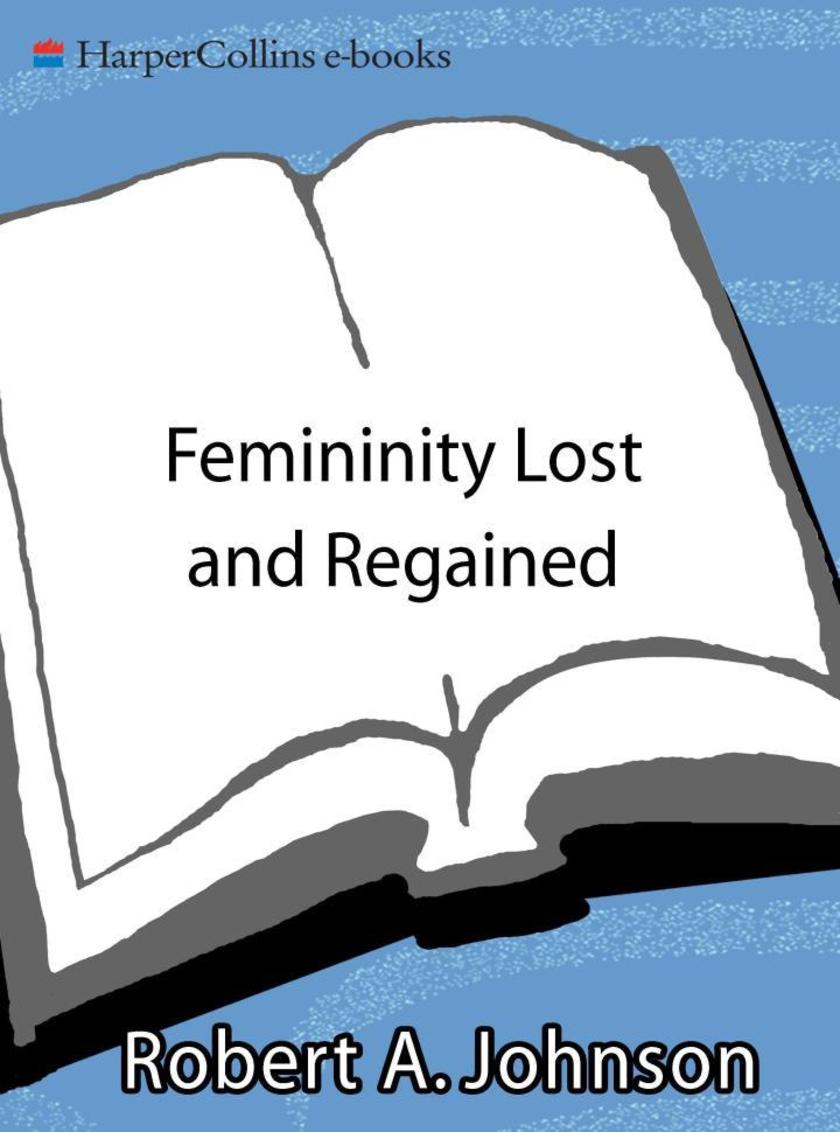
Femininity Lost and Regained
¥60.92
The author of the phenomenal bestsellers He and She discusses the importance of regaining the feminine dimension in our lives. According to Johnson, regaining the power of feminine feeling and value is critical to the development of human peace and consciousness.

Ruby's Diary
¥121.80
Ruby Gettinger, the endearing and beloved star of The Style Network's hit reality show Ruby, reveals the most private aspects of her life-altering journey to conquer morbid obesity and to attain health and happiness in this inspirational book based on her personal diary From the debut of The Style Network's number one reality show Ruby, viewers fell in love with its sweet and spirited Southern star, and remain mesmerized by her public mission to overcome her inner conflicts and win her ongoing battle with weight.At her heaviest, Ruby weighed more than 700 pounds. Although she wasn't quite sure how she got to this point or why one thing was clear: it was killing her. Her doctor warned that her diabetes was raging out of control and that she could die at any moment. Vowing to change her life to save it, Ruby made a genuine commitment to uncover all of the underlying physical and psychological causes of her food addiction an act of courage that has helped her lose nearly 400 pounds so far! To support her on this difficult path, Ruby has kept a journal of her experiences, including intimate reflections, surprising discoveries, and current fears, hopes, and dreams, many of which she shares here.Filled with honesty, optimism, and classic "Rubyisms" as well as revealing insights from her friends, family, and team of experts, Ruby's Diary is a remarkable record of one determined woman's complex challenges and her many laudable achievements. Ruby's perseverance is not only an example to all those battling their own weight and addiction issues, it is an example to all those grappling with personal obstacles of any kind. Anyone not in love with Ruby just hasn't met her yet!
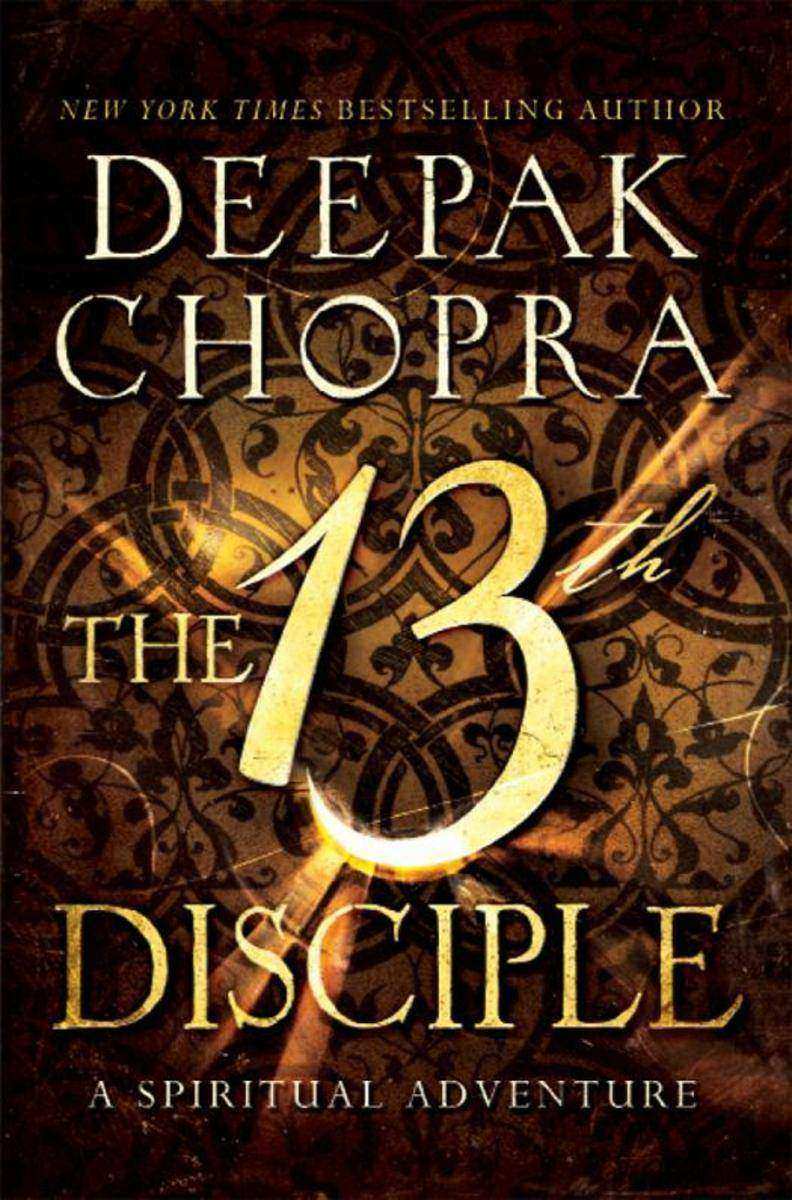
The 13th Disciple
¥90.51
From Deepak Chopra comes a spiritual adventure story about Christ's forgotten disciple, an ancient mystery school, and the timeless power of faith.Before suddenly disappearing from her cloister, Sister Margaret Thomas McGeary leaves behind a solid gold reliquary, which her niece Mare dis-covers tucked away among Sister Margaret's belongings. This is from the thirteenth disciple, a handwritten note says, follow it where it leads, setting into motion a millennia-old mystery about the final and truest disciple of Christ. As Mare searches for her lost aunt, she begins to realize that the reliquary contains a secret that could very well change the history of Christianity and forever redefine what it means to be a person of faith.Joining Mare in her quest is a ragtag and reluctant group of sinners and skeptics Frank, a journalist eager to break the story; Lilith, an eccentric mother of two who knows more than she's letting on; Galen, a misanthrope with a hidden past; and Jimmy, a hospital orderly whose faith sustains him even in the darkest hours. Together, they try to make sense of the reliquary and its mysterious contents. But are they ready for what they learn about the reliquary or themselvesWeaving together masterful storytelling, page-turning intrigue, and biblical and religious scholarship, Deepak Chopra reveals illuminating truths about Jesus, his followers, and, ultimately, belief itself. Like his previous New York Times bestselling novels Buddha and Jesus, The 13th Disciple invites readers to know and experience religion in a new and breathtaking way.

A Spiritual Formation Journal
¥78.60
Spiritual study groups have never been more popular among Christians of all denominations. Coming together to study, pray, and plan ways to serve the community can spark new ideas and deeper reflection in each member of the group. A Spiritual Formation Journal, designed specifically to complement both individual and small group contemplation, is the perfect place to further explore these ideas and carry them into our everyday lives.As part of Renovar's popular collection of resource books, A Spiritual Formation Journal is uniquely designed with an emphasis on five great Christian traditions: Contemplative, the Prayer-Filled Life; Holiness, the Virtuous Life; Charismatic, the Spirit-Empowered Life; Social Justice, the Compassionate Life; and Evangelical, the Word-Centered Life. Divided into weekly sections, the journal offers an inviting space for written reflection and prayer as well as inspiring quotes, thought-provoking questions, evaluation exercises, and group worksheets to encourage the examination and celebration of spiritual growth.

Surprised by Scripture
¥99.65
Bishop, Bible scholar, and bestselling author N. T. Wright here provides a series of case studies on how to apply the Bible to the pressing issues of today. Among the topics Wright addresses are the intersection of religion and science, why women should be allowed to be ordained, what we get wrong and how we can do better when Christians engage in politics, why the Christian belief in heaven means we should be at the forefront of the environmental movement, and many more.Wright fearlessly wades through the difficult issues facing us. Readers will find new models for understanding how to affirm the Bible in today's world as well as encouragement and renewed energy for deepening our faith and engaging with the culture around us.

The Diaper-Free Baby
¥94.10
Imagine infants free from painful diaper rash, new parenthood without thousands of dollars wasted in diapering costs, toilet training that is natural and noncoercive, and, most important, happier babies and parentsAs Christine Gross-Loh reveals in her progressive, enlightening book, all this is possible and more. Infants are born with the ability to communicate their need to "go," just as they communicate hunger or sleepiness. Gross-Loh, a mother of two children who were diaper-free at eighteen and fifteen months, uses the tenets of "elimination communication," or EC, to teach parents how to identify and respond to their baby or toddler's natural cues. Unlike the all-or-nothing approach of some parenting books, The Diaper-Free Baby addresses three categories of parents: full-time, part-time, and occasional EC'ers. Parents can practice EC as much or as little as fits their family and lifestyle. A support group within a book, The Diaper-Free Baby also includes inspiring testimonials throughout every chapter. Parents who have successfully practiced EC identify common struggles, share experiences and problem-solving tips, and provide encouragement for those new to the technique. Their motivational stories together with Gross-Loh's practical advice will appeal to all parents interested in a fresh alternative to traditional toilet training.
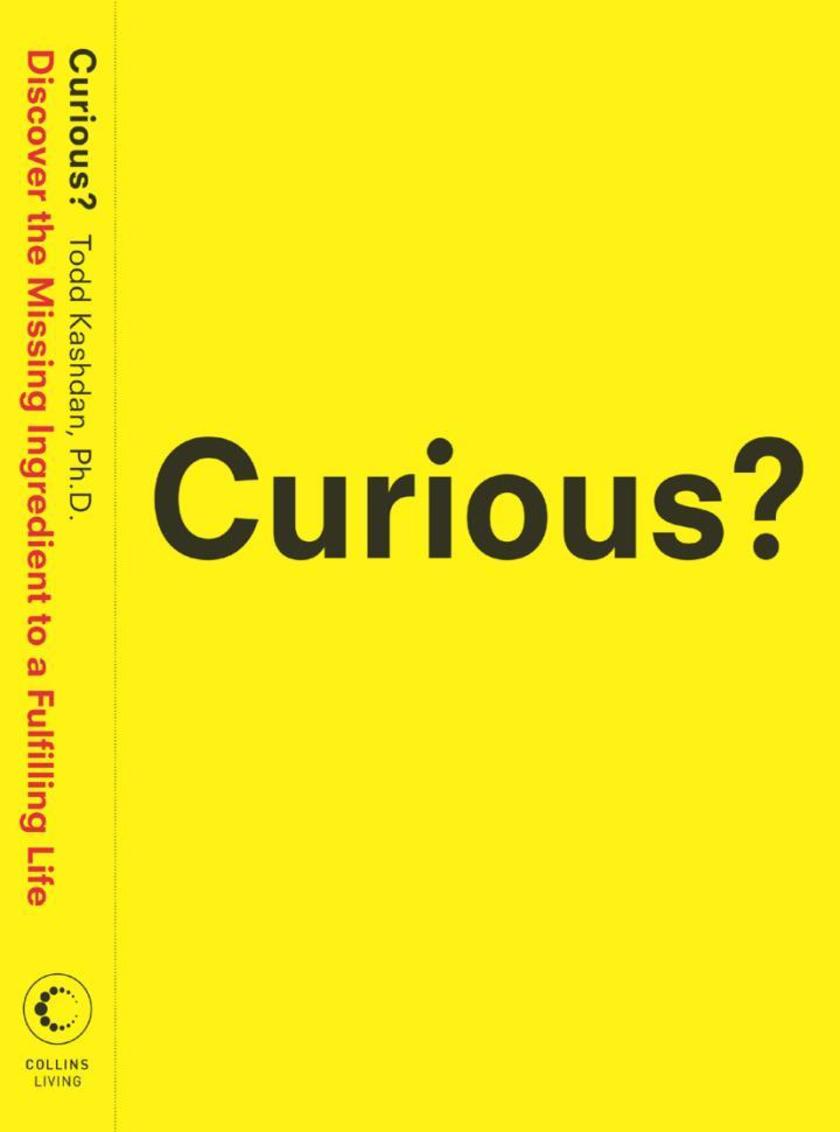
Curious?
¥94.10
Dead cats. That's the image many people conjure up when you mention curiosity. An image perpetuated by a dusty old proverb that has long represented the extent of our understanding of the term. This book might not put the proverb to rest, but it will flip it upside down: far from killing anything, curiosity breathes new life into almost everything it touches.In CuriousDr. Todd Kashdan offers a profound new message missing from so many books on happiness: the greatest opportunities for joy, purpose, and personal growth don't, in fact, happen when we're searching for happiness. They happen when we are mindful, when we explore what's novel, and when we live in the moment and embrace uncertainty. Positive events last longer and we can extract more pleasure and meaning from them when we are open to new experiences and relish the unknown.Dr. Kashdan uses science, story, and practical exercises to show you how to become what he calls a curious explorer a person who's comfortable with risk and challenge and who functions optimally in an unstable, unpredictable world. Here's a blueprint for building lasting, meaningful relationships, improving health, increasing creativity, and boosting productivity. Aren't you curious to know more?
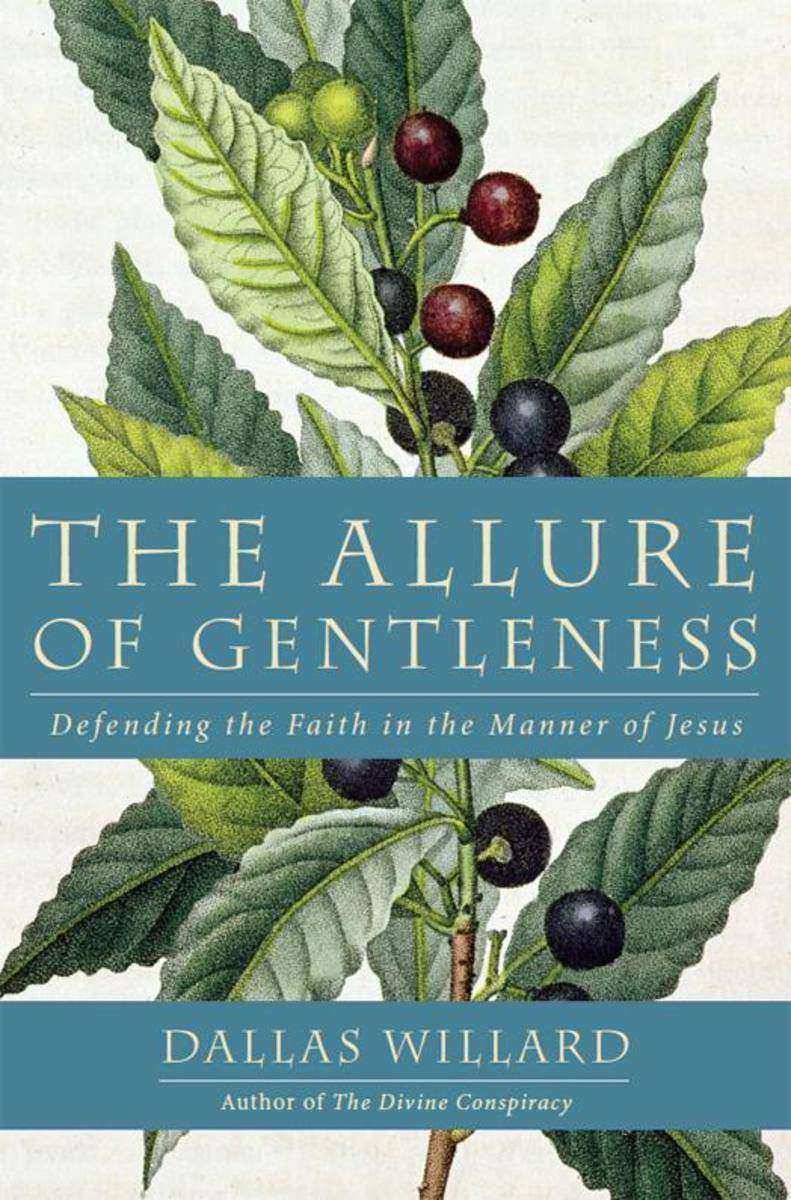
The Allure of Gentleness
¥90.51
When called upon to explain their faith, Christians do not always feel equipped to do so particularly when some of the most difficult questions arise. In The Allure of Gentleness, esteemed teacher and author Dallas Willard not only assures us of the truth and reasonableness of the Christian faith, but also explores why reason and logic are not enough: to explain Jesus's message, we must also be like Jesus, characterized by love, humility, and gentleness.Based on a series of talks and lectures on apologetics given by the late author and edited by his daughter, Becky Heatley, this book constitutes Dallas Willard's most thorough presentation on how to defend the Christian faith for the twenty-first century. This beautiful model of life, this allure of gentleness, Willard tells us, is the foundation for making the most compelling argument for Christ, one that will assure others that the Christian faith is not only true but the answer to our deepest desires and hopes.
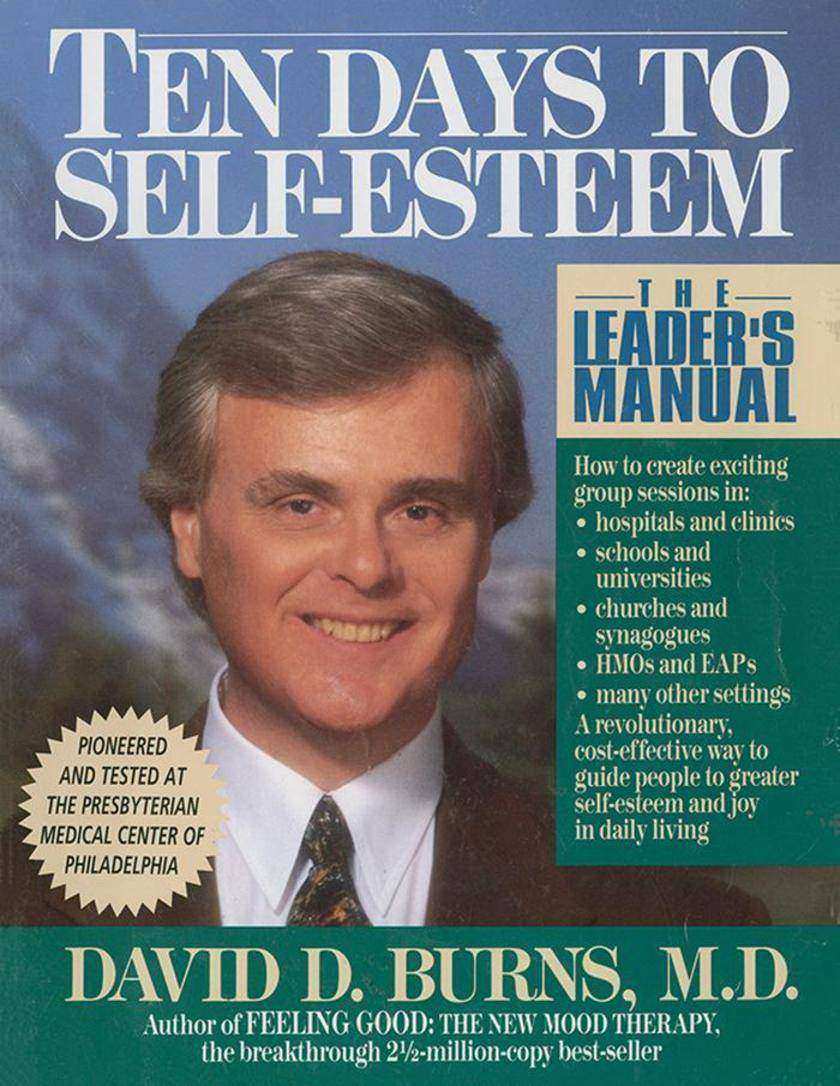
Ten Days to Self-Esteem
¥105.17
Do you wake up dreading the dayDo you feel ciscouraged with what you've accomplished in lifeDo you want greater self-esteem, productivity, and joy in daily livingIf so, you will benefit from this revolutionary way of brightening your moods without drugs or lengthy therapy. All you need is your own common sense and the easy-to-follow methods revealed in this book by one of the country's foremost authorities on mood and personal relationship problems. In Ten Days to Self-esteem, Dr. David Burns presents innovative, clear, and compassionate methods that will help you identify the causes of your mood slumps and develop a more positive outlook on life. You will learn that You feel the way you think: Negative feelings like guilt, anger, and depression do not result from the bad things that happen to you, but from the way you think about these events. This simple but revolutionary idea can change your life! You can change the way you feel: You will discover why you get depressed and learn how to brighten your outlook when you're in a slump. You can enjoy greater happiness, productivity, and intimacy—without drugs or lengthy therapy. Can a self-help book do all thisStudies show that two thirds of depressed readers of Dr. Burns's classic bestseller, Feeling Good: The New Mood Therapy, experienced dramatic felief in just four weeks without psychotherapy or antidepressant medications. Three-year follow-up studies revealed that readers did not relapse but continued to enjoy their positive outlook. Ten Days to Self-esteem offers a powerful new tool that provides hope and healing in ten easy steps. The methods are based on common sense and are not difficult to apply. Research shows that they really work! Feeling good feels wonderful. You owe it to yourself to feel good!
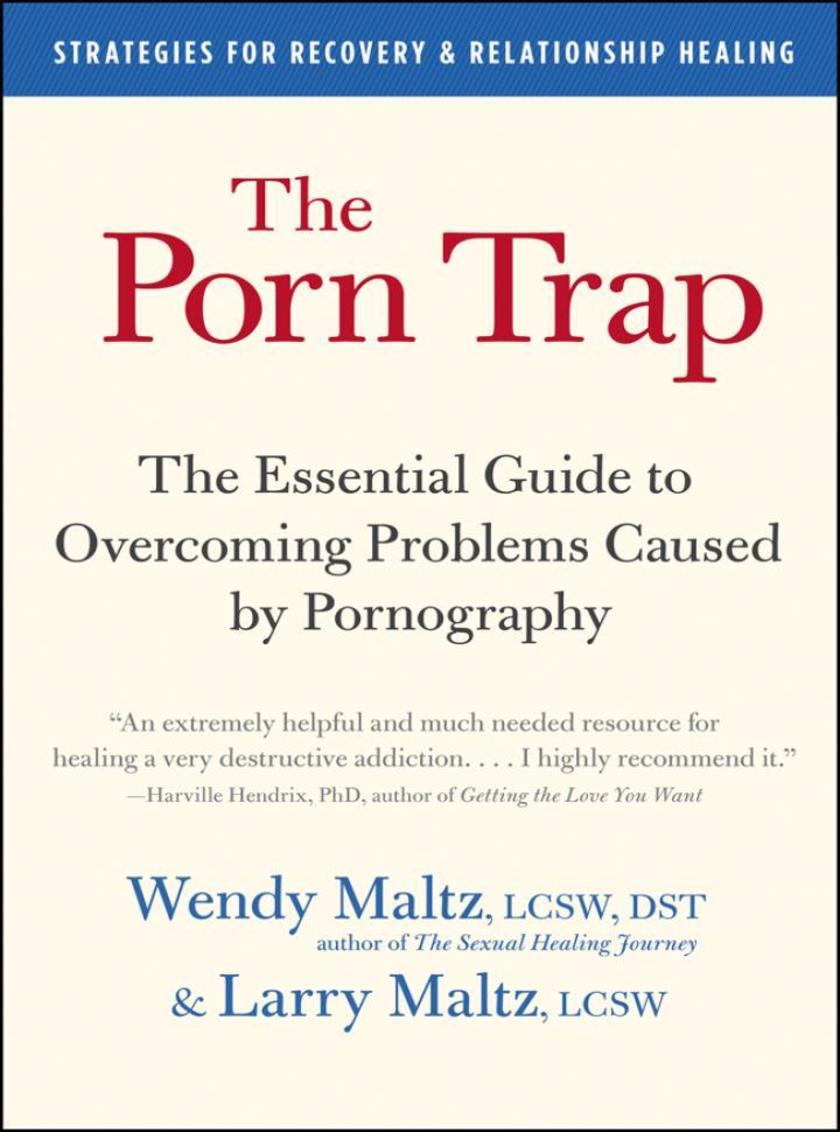
The Porn Trap
¥94.10
Breaking the silence, removing the shame In this highly acclaimed recovery guide, renowned sex and relationship therapists Wendy and Larry Maltz shed new light on the compelling nature and destructive power of today's instantly available pornography. Weaving together poignant real-life stories with innovative exercises, checklists, and expert advice, this groundbreaking resource provides a comprehensive program for understanding and healing porn addiction and other serious consequences of porn use. The Porn Trap will help you to: Decide whether it's time to quit using porn Learn how to stop using porn and deal with cravings Improve self-esteem and personal integrity Heal an intimate relationship harmed by porn use Develop a healthy sex life'

Discernment
¥99.65
Henri Nouwen, the world-renowned spiritual guide and counselor, understood the spiritual life as a journey of faith and transformation that is deepened by accountability, community, and relationships. Though Henri counseled many people during his lifetime, his principles of discernment were never collected into a single volume. Now, in association with the Nouwen Legacy Trust, Michael Christensen one of Nouwen's longtime students and Rebecca Laird have taken his coursework, journals, and unpublished writings and created the definitive resource on spiritual discernment.This is the third book of a series. Spiritual Direction explores our core questions about the spiritual life as Nouwen acts as spiritual director, opening the door to personal transformation. In Spiritual Formation, Nouwen offers guidance on spiritual development as dynamic movements from fear to love. In this final book, Discernment, Nouwen teaches us how to read the "signs of the times" in daily life in order to make decisions that are ultimately guided by God. Nouwen emphasizes listening to the Word of God in our hearts, in the Bible, in the community of faith, and in the voice of the poor. Nouwen's thoughts on discernment begin to answer one of the biggest questions we face: what should I do with my life?
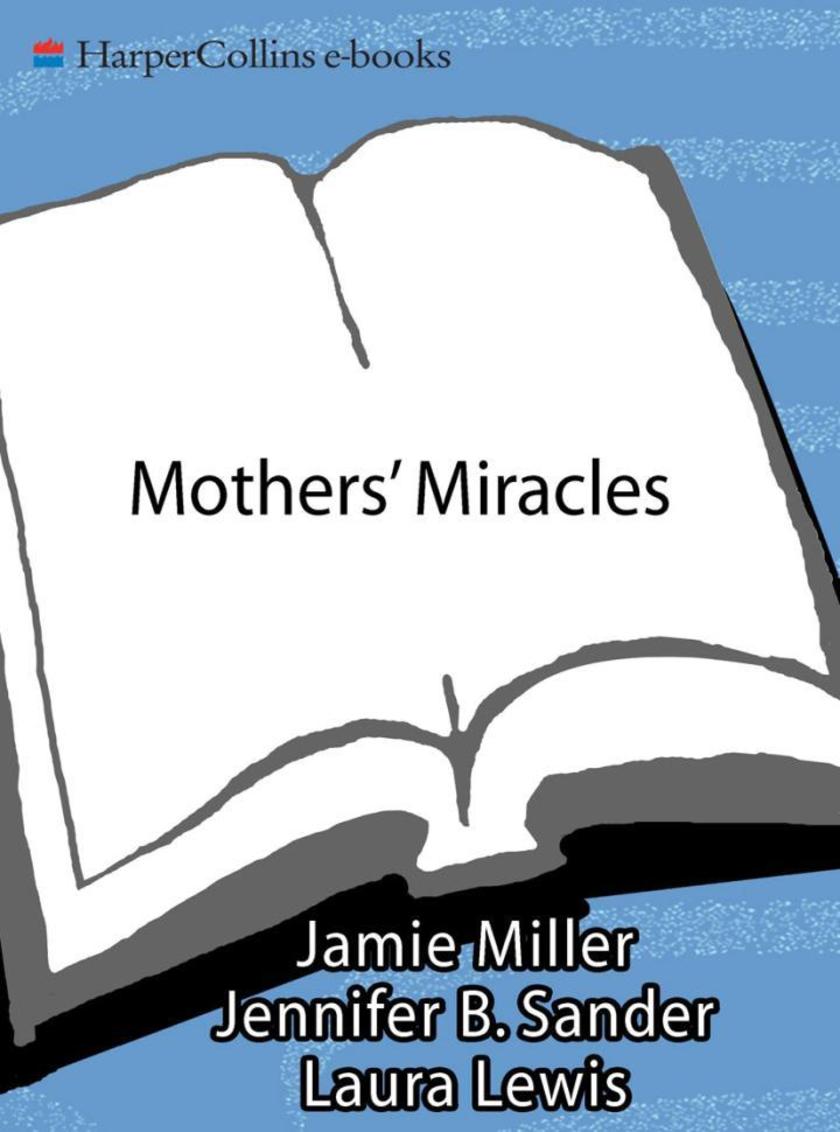
Mothers' Miracles
¥90.79
The authors of Christmas Miracles deliver true stories that show just how enduring a mother's remarkable love can be.
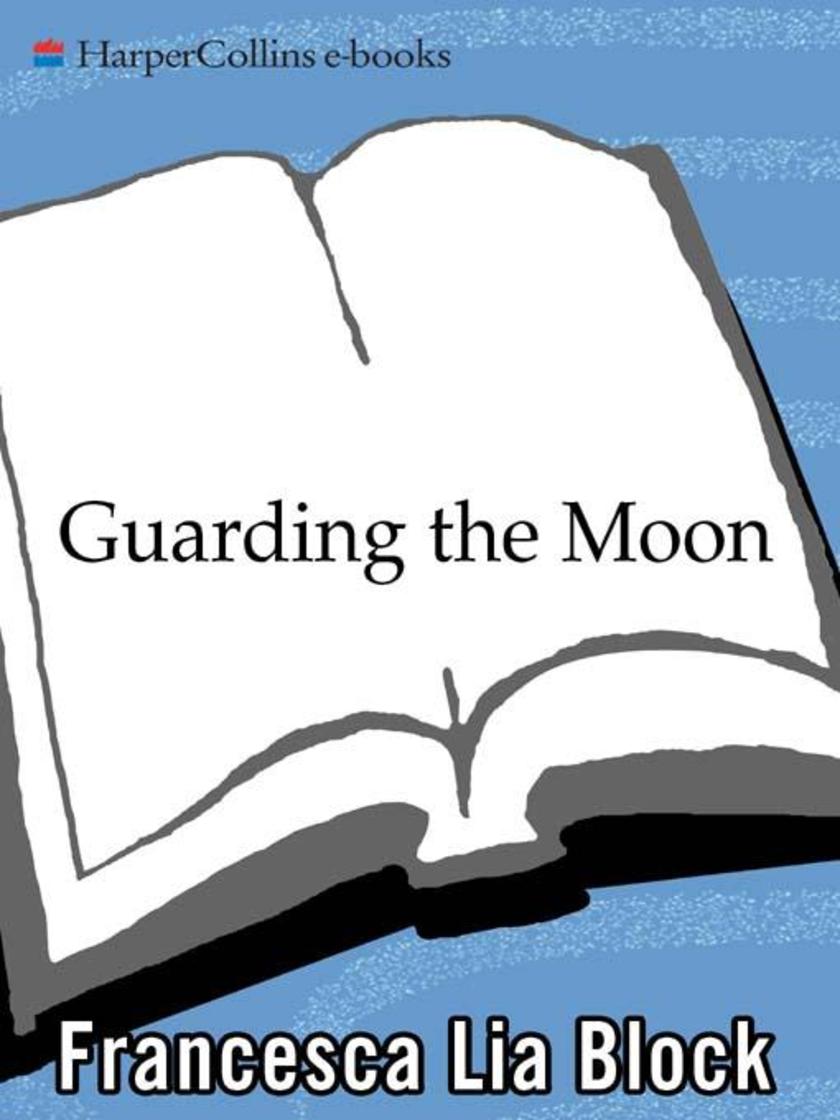
Guarding the Moon
¥95.16
The author of the critically acclaimed, award winning Weetzie Bat books offers a compelling celebration of the first year of her child's life. Guarding the Moon chronicles the joys and terrors of motherhood, from the early stages of the author's pregnancy through her baby's first birthday. This unique but far reaching story makes for a gem of a book.
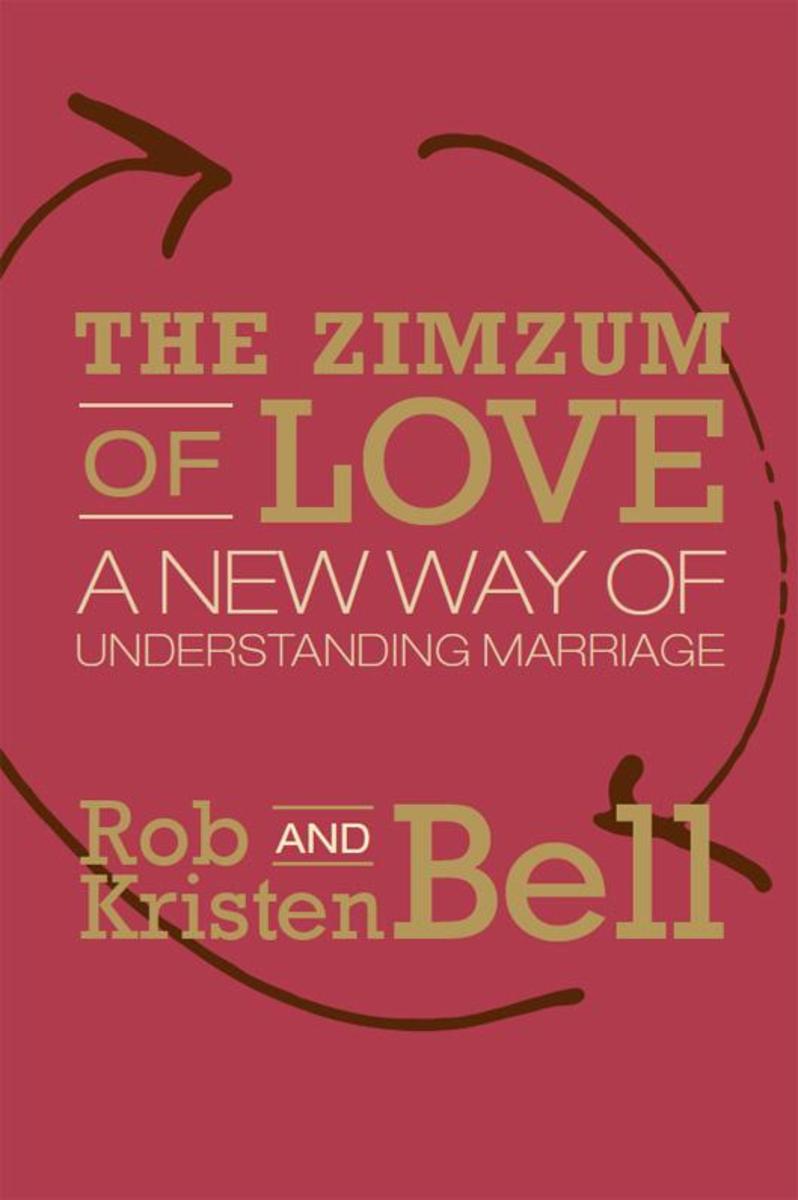
The Zimzum of Love
¥94.10
There is a mysterious, indescribable, complex exchange that can happen in the space between you and your partner. You find each other. Your centers of gravity expand as your lives become more and more entwined. You create space for this other person to thrive while they're doing the same for you. This creates a flow of energy in the space between you. This energy field is at the heart of marriage. It flows in the space between you, space that exists nowhere else in the universe. You can become more familiar with how this energy field works. You can develop language between you to identify what's happening in the space between you. You can sharpen your abilities to assess it. You can act in certain ways to increase the flow. You can identify what's blocking the flow, and then you can overcome those barriers. Years into your marriage, you can continue to intensify this energetic flow between you.It is risky to give yourself to another. There are no guarantees, and there are lots of ways for it to fall apart and break your heart. But the upside is infinite. from The Zimzum of LoveNew York Times bestselling author Rob Bell and his wife, Kristen Bell, explore a whole new way of understanding our most intimate and powerful relationship: marriage. The concepts behind The Zimzum of Love open ways for us to transform and deepen how we love.

Silence
¥94.10
One of the world's most beloved teachers and Zen masters shares a profound, concise, and practical guide to understanding and developing our most powerful inner resource silence to help us find happiness, purpose, and peace.We spend a lot of our lives searching for happiness, running from one thing to another, worrying about the past and being anxious about the future. All the while the world around us is overflowing with the wonder and contentment we seek. This beauty calls to us every day, yet we rarely are in the position to listen. If we don't have silence in ourselves, if our minds and our bodies are full of noise, we can't hear beauty's call.In Silence, Thich Nhat Hanh guides us on a path to cultivate the calm within ourselves and experience the profound power of quiet amid our noisy everyday lives.The gift of silence doesn't require hours upon hours of solitary meditation or an existing practice of any kind. With mindfulness comes the stillness we need to come home to ourselves and discover who we are and what we truly want.Combining powerful stories, timeless wisdom, and simple mindfulness techniques, Thich Nhat Hanh shows us that silence is at the heart of the happiness we seek.
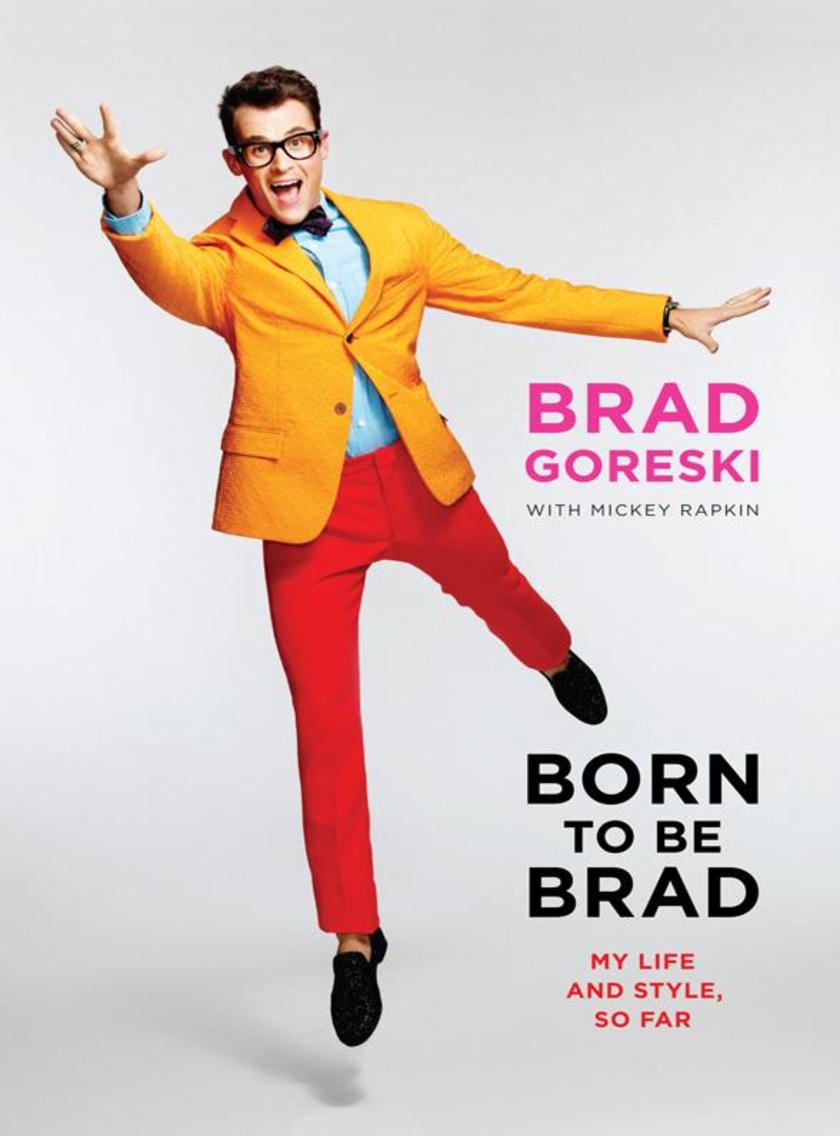
Born to Be Brad
¥99.65
Join Brad on his wild ride as he transforms from a small-town boy into a big-time Hollywood fashionistaFans know Brad Goreski as the fun-loving, bow-tie-wearing celebrity stylist. They have watched the reality star climb his way through the ranks of the fashion world, as he transformed himself from an assistant stylist into a full-fledged style icon. Along the way, they have experienced his near-fashion disasters and red-carpet victories.But what they might not know is that Brad's first clients were his Barbie dolls or that he grew up in a small town far removed from the glitz of Hollywood. His love of glamour, sparkles, and costume jewelry set him apart from the other boys at school. In spite of this, he embraced his differences and followed his passion. Landing an internship and later a job at Vogue helped the young Brad break into the competitive fashion world and eventually capture the hearts of millions as the quirky and endearing assistant on The Rachel Zoe Project.Now, for the first time ever, Brad reveals the moving story of his road to success, and offers a glimpse into his world today, filled with insider access to the countless red carpets and awards shows he has worked across the globe. Of course, Brad also shares his fashion advice, style tips, and tricks to help you look your best. Part style guide, part memoir, and full of inspiration, Born to Be Brad will delight both loyal fans and newcomers alike.

The Toltec Art of Life and Death
¥90.77
From the beloved teacher of spiritual wisdom and author of the phenomenal New York Times and international bestseller The Four Agreements comes a profound new spiritual masterwork. Don Miguel Ruiz has been lauded the world over for his deep integrity, insight, and wisdom. Now in The Toltec Art of Life and Death he takes readers on a mystical personal journey, introducing us to an even greater level of spiritual teaching and awareness.In 2002, Don Miguel Ruiz suffered a near-fatal heart attack that left him in a coma on the verge of death for nine weeks. The journey he undertook while suspended between this world and the next forms the heart of this autobiographical novel, a profound and mystical tale of spiritual struggle. As his body lies unconscious, Ruiz travels in his dreams and encounters the people, ideas, and events that have shaped him, illuminating the eternal struggle between life unending energy and truth and death matter and subjective knowledge in which we are all called to engage. The Toltec Art of Life and Death invites readers into the mind of a master seeker, offering an unparalleled and intimate glimpse into the development of a soul. In this culmination of a lifetime's learning, Ruiz shares with readers the innermost workings of his singular heart and mind, summoning us to grapple with timeless insights drawn from ancient Toltec wisdom that are the essence of transformation and freedom.

Fire Your Boss
¥77.49
Fire Your Boss And Hire Yourself.ImpossibleNot according to nationally bestselling author Stephen M. Pollan. As he says in this new and empowering book, "You don't have to accept your current work situation. You can be in control of your job and your stream of income, so you're never again subject to the whims, prejudices, moods, or circumstances of your so-called boss."In today's difficult work environment, gone are the days of finding satisfaction through your job, gone is the time when your job was secure, and gone are the days when your employer cared about you. This new environment requires new rules, and Pollan has provided surprisingly fresh and intriguing methods for finding "success" on the job.Pollan's bold and unique message begins with the idea that you must "fire your boss." By this he means you can no longer rely on your manager or your company for economic security. Instead, you must put yourself in charge of your working life. In this thought-provoking and counterintuitive career guide, Pollan presents a seven-step program and a series of exercises that give you the confidence, power, and will to achieve the life of your dreams.Once you have changed your mind-set and learned the new rules of the game, you can start the process of moving to a richer, more enriching, and more enjoyable life. And the best part about itYour boss will love you for it.
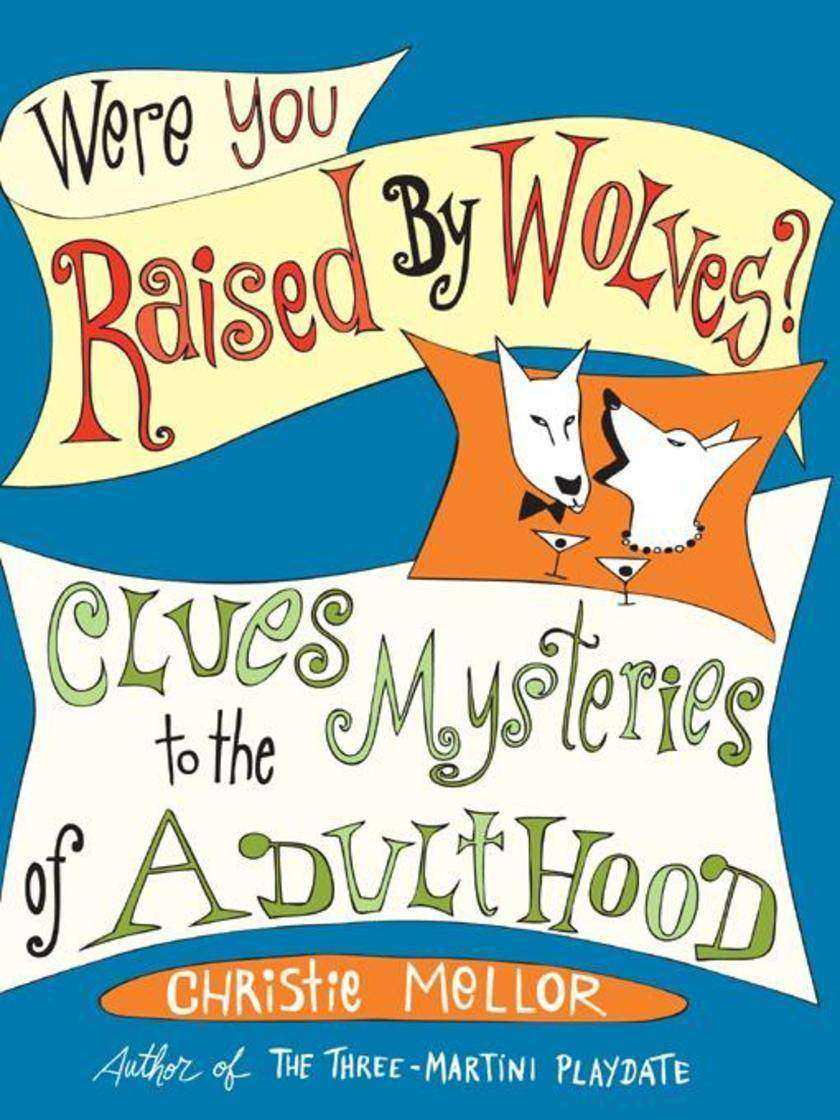
Were You Raised by Wolves?
¥78.55
Perhaps, in your parents' eagerness to smooth life's bumpy road, they took such good care of you that you never learned how to be a self-sufficient human being. And now here you are, all grown up. What nextYou may think you don't really need to know how to make a proper cup of coffee. You've never given much thought to your listening skills, or how one goes about saving money, or stocking a bar. But knowing these things will really make you a much more well-rounded and all-around more charming and useful person, one who is more apt to be invited over for dinner. In fact, a lot of us might benefit from having a few gentle hints about housekeeping, habits, and behavior lobbed in our general direction. With advice and information ranging from How to Boil an Egg to How to Go a Whole Day Without Spending Money in chapters as diverse as the Upside of Being Single and Lonely and the Hangover: Badge of Courage or Waste of a DayWere You Raised by Wolveswill help you come away more confident about important issues such as where the hell to put those flowers somebody brought over last night. So let's all of us embrace our adulthood, shall weIf your mother still chews your food for you and your dad still fills your gas tank, it's time to put on those big boy pants and jump into the deep end of the pool where the grown-ups swim.




 购物车
购物车 个人中心
个人中心



